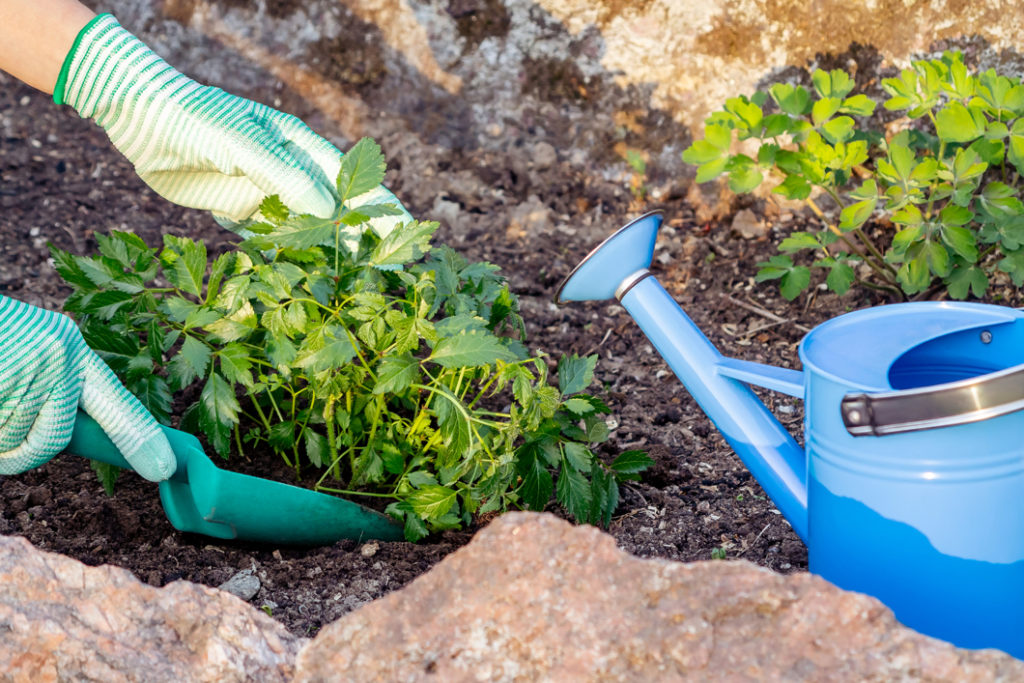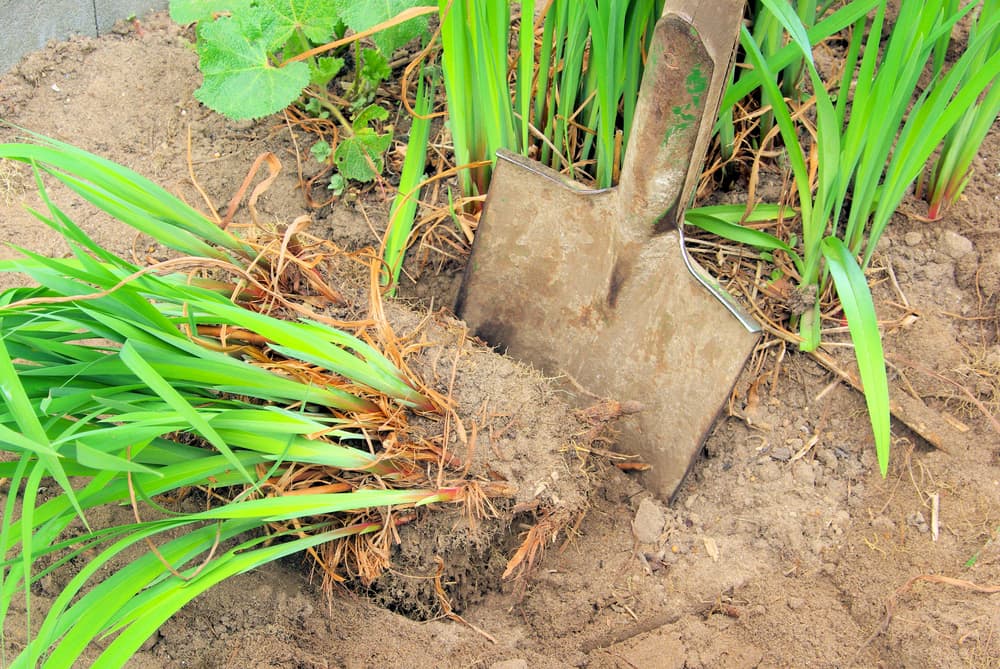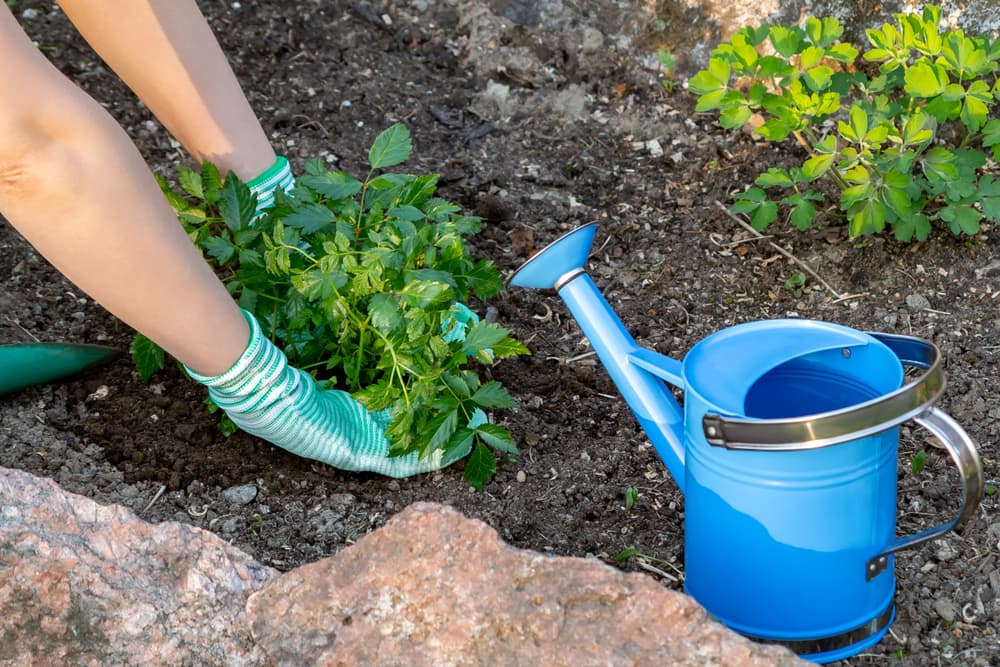Divide Mature Astilbe Plants To Prevent Them Becoming Susceptible To Powdery Mildew

PERENNIALS > ASTILBE > DIVISION

Elizabeth is a Permaculture Garden Designer, Sustainability Consultant and Professional Writer, working as an advocate for positive change. She graduated from the University of St. Andrews with an MA in English and Philosophy and obtained a Diploma in Applied Permaculture Design from the Permaculture Association.
Reviewed By ROY NICOL

Roy is a Professional Gardener and Horticultural Consultant, specialising in large garden year-round maintenance and garden development. He is an RHS Master of Horticulture and uses his research in the application of no-dig methods in ornamental garden settings. Roy has been a Professional Gardener for more than six years and is a member of the Chartered Institute of Horticulture, Professional Gardener's Guild and Association of Professional Landscapers (Professional Gardener).
IN THIS GUIDE
ASTILBE GUIDES
Bare Root Planting
Container Growing
Division
Growing From Seed
Overwintering
Pruning
Varieties
Astilbe is a great low-maintenance flowering perennial for gardens and generally requires little ongoing care.
However, one important job is dividing a mature plant.
Dividing mature Astilbes is important in order to prevent overcrowding, which can encourage the fungal disease powdery mildew.
It is also the best and easiest way to obtain new Astilbe plants for your garden to expand your plant collection.
I would recommend that you divide mature Astilbe every 3-4 years in spring.
To do so, you should:
- Water the existing plant well.
- Dig around the base of the plant carefully to free the roots.
- Gently lift the plant from the soil or growing medium.
- Shake off excess soil from the roots.
- Divide the Astilbes into several sections by cutting down with a spade through the roots.
- Replant or repot the divisions.
| Difficulty | Easy |
| Equipment Required | Mature Astilbe, spade |
| When To Divide | March/April |
1) Water The Existing Plant
Once you have identified a mature plant for division, your goal is to make it into several different plants while minimising stress to the plant, and avoiding transplantation shock.
Undertaking this job in spring is best, as this period offers the best environmental conditions for the process to go smoothly.

You can also ensure that the process goes smoothly by undertaking the job a day or two after it has rained, or by watering well a day or so before you do the job.
In moist soil, the plants will be healthy, and roots will be easier to free from the growing medium.
2) Dig Around To Free The Roots
Take a garden spade and carefully dig around the plant to free the roots.

Make sure that you dig into the soil at a sufficient distance, so you do not damage or cut the roots and can lift the whole clump intact from the soil.
3) Lift The Plant
Now, once you have freed the roots from the surrounding soil, gently lift the plant up out of the soil or out of the pot in which it was previously growing in a container garden.
4) Shake Off Excess Soil
Shake the plant gently to get off big clumps of soil.
This should make it a little easier to see the roots.
Check over the roots carefully to make sure that the plant is healthy and that the roots show no signs of damage or disease.
5) Divide Into Sections
Next, if the clump is not easily divided into sections by hand, place the plant on the ground and cut it down from above with a sharp spade to separate the mature plant into sections.
While the image below doesn’t specifically show an Astilbe plant, hopefully it illustrates how a spade can be used to split plants effectively:

Usually, mature Astilbe can be divided into between 4-6 sections, though you can observe the plant to see where it would most naturally divide, and create a number of divisions that feels right to you.
The key thing to remember is that each division should have a healthy section of roots, as well as a portion of above-ground growth.
6) Replant As Soon As Possible
Next, you should take your bare root Astilbe divisions and replant them in the ground or in suitable containers as soon as possible.

The key thing to ensure is that the roots do not dry out.
Remember that Astilbe needs to be placed in partial shade.
It can grow in deeper shade but will not flower as well.

Whichever site is chosen, make sure that the soil is rich and fertile, with plenty of organic matter and sufficient moisture.
Try planting Astilbe with Hostas, Heucheras, ferns, Trilliums, Primulas and Ligularias, and other plants which like similar growing conditions.
